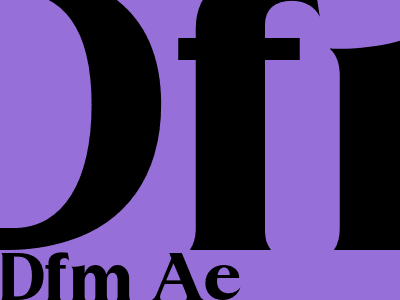Understanding DFM AE: A Comprehensive Guide
Meaning and Overview
DFM AE stands for Design for Manufacturability and Assembly Engineering. It is a systematic approach to designing products that are optimized for efficient and cost-effective manufacturing and assembly processes.
DFM AE involves considering factors such as material selection, component design, and assembly sequences to minimize production costs, improve product quality, and reduce lead times.
Benefits of DFM AE
Implementing DFM AE offers numerous benefits, including:
- Reduced manufacturing costs through optimized designs and material selection.
- Improved product quality by minimizing defects and ensuring proper functionality.
- Shorter lead times by streamlining assembly processes and reducing production delays.
- Increased production efficiency, leading to higher output and reduced waste.
- Enhanced customer satisfaction due to improved product quality and timely delivery.
Key Principles of DFM AE
DFM AE is guided by several fundamental principles:
Maximizing Commonality
Designing components that can be used in multiple products or assemblies to reduce part count and simplify manufacturing.
Minimizing Assembly Steps
Streamlining the assembly process by eliminating unnecessary steps, reducing assembly time, and simplifying documentation.
Optimizing Material Selection
Choosing materials that are appropriate for the intended application, considering factors such as cost, durability, and ease of processing.
Ensuring Manufacturability
Designing products that can be manufactured using existing equipment and processes, avoiding complex geometries and minimizing the need for special tooling.
Incorporating Concurrent Engineering
Involving all stakeholders in the design process, including engineers, manufacturers, and suppliers, to ensure that all perspectives are considered.
Implementation of DFM AE
Implementing DFM AE involves several steps:
Design Review
Conducting thorough design reviews to identify potential manufacturability issues and implement design changes as needed.
Process Selection
Selecting the most appropriate manufacturing processes for each component, considering factors such as cost, quality, and production volume.
Material Evaluation
Evaluating different materials to determine their suitability for the intended application and manufacturing processes.
Assembly Planning
Developing detailed assembly plans that specify the sequence of operations, tooling, and quality checks to ensure efficient assembly.
Continuous Improvement
Regularly monitoring and evaluating DFM AE practices to identify areas for improvement and maintain optimal efficiency.
Conclusion
DFM AE is an essential practice for organizations seeking to optimize their manufacturing and assembly processes. By considering manufacturability and assembly from the outset, businesses can significantly reduce costs, improve quality, and enhance customer satisfaction.
Implementing DFM AE principles requires careful planning, collaboration, and continuous improvement. By embracing this approach, organizations can gain a competitive edge and achieve sustainable growth in today's competitive manufacturing landscape.

Komentar